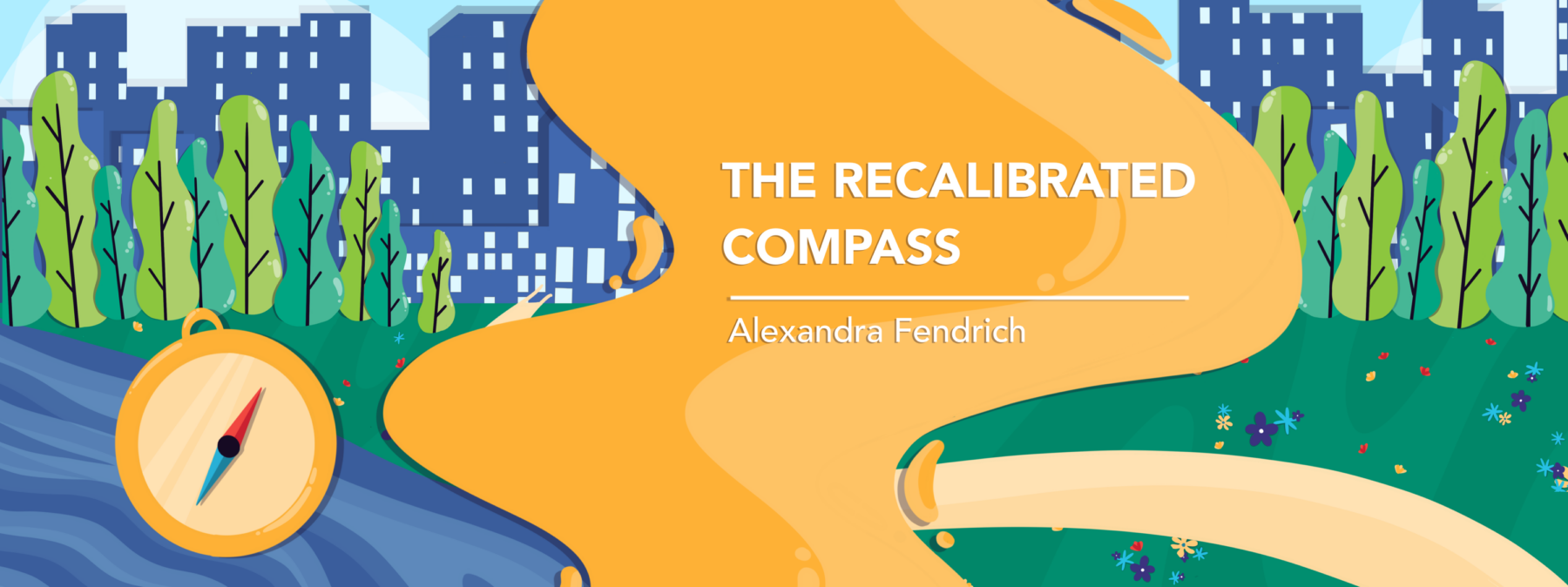5 tips for managing an ankylosing spondylitis flare in the summer
How a columnist navigates increased pain and stiffness in the hotter months

It’s summer, which means I want to spend more time outside, preferably near water with an ice cream in hand.
Living with ankylosing spondylitis (AS) has required me to have a different form of “hot girl summer,” though, as I manage the ups and downs of flares — periods of disease when my pain and stiffness increase. Beyond trying various medications, I’ve identified strategies to help me function amid periods of high inflammation. They’ve been crucial to how I navigate my disease.
My AS flares tend to feel like this: throbbing pain in my back where the pelvis meets the spine, with the left side always worse than the right; tight hips; limited range of motion; and an upper back that feels like I’ve carried something heavy for days. Further, my ankles get tight and click constantly, and my feet feel bruised as if I’ve walked on them for days. Every muscle feels a little cranky, like it can’t go through its range of motion without getting stuck — even if I haven’t walked for days or carried anything heavy. I’ve simply lived my life.
Following are several ways I manage an ankylosing spondylitis flare during the summer:
1. Stop the self-blame
When I feel my joints start to flare, my brain likes to look for a cause. When there’s no clear injury or catalyst, I’ve often blamed myself: I walked too far, I ate too much sugar, I didn’t get enough sleep, I stretched the wrong way.
While it can be helpful to identify triggers, it can be easy to dig myself into a tunnel of self-blame. In my experience, that only makes things worse: I’m now not only in pain, but am also upset with myself. I therefore try to quiet that voice, reminding myself that while I can try to manage better going forward, the real cause is not me; it’s my overactive immune system.
2. Ice and light movement
When I’m in a bad AS flare, ice is essential. I like to use an extra-large ice pack, the kind that can wrap around my back so that it sits right on my sacroiliac joint. I wear the ice pack around the house for 20 minutes, on and off, depending on how intense my pain is (and how accessible the freezer is).
Engaging in light movements helps me break up some of the stiffness that comes with a bad flare. Some of my go-tos include bridge stretches, hamstring stretching, and short walks outside, as I can tolerate them. If I’m feeling particularly motivated, I’ll go for a swim. I’ve learned the hard way that I absolutely cannot overstretch my glutes or lower back because when I’m in a flare, these tendons are already cranky and working on overdrive.
3. Supporting my feet
Because my AS flares often involve my feet, I keep my comfiest, thickest shoes on all day, even around the house. When I leave the house, I make sure to wear over-the-counter inserts for extra support for my plantar fascia and Achilles tendons. I also recently started applying kinesiology tape on my feet, which I’ve found immensely helpful on days that are going to involve a lot of walking.
4. Sleep
Getting sleep is essential when managing a flare, yet it’s one of the most challenging things to do when in pain. After many nights of painsomnia, I’ve found a clear routine to be imperative in helping me fall asleep.
Mine involves placing a large heating pad beneath my back and turning it to the highest setting. Sometimes I’ll use a pillow under my knees to take some pressure off my spine. Lastly, I’ve learned to stop Googling ankylosing spondylitis before bed, as that can send me into a quick spiral (and won’t fix my flare at the moment).
5. A little treat
Along with all of those physical management tips, I try to remind myself that this flare will pass. While I may be in pain today, I remain hopeful that I won’t be in as much pain tomorrow, next week, or six weeks from now. In the meantime, I think it’s just as important to engage in a little summer self-care: I’ll go for a walk outside to get my joints moving and stop to get some much-needed ice cream along the way.
Note: Ankylosing Spondylitis News is strictly a news and information website about the disease. It does not provide medical advice, diagnosis, or treatment. This content is not intended to be a substitute for professional medical advice, diagnosis, or treatment. Always seek the advice of your physician or other qualified health provider with any questions you may have regarding a medical condition. Never disregard professional medical advice or delay in seeking it because of something you have read on this website. The opinions expressed in this column are not those of Ankylosing Spondylitis News or its parent company, Bionews, and are intended to spark discussion about issues pertaining to ankylosing spondylitis.







Valerie
I have been on Cosemtyx for years and live a near normal life. Diagnosed at 27 and am now 75. Biologic is a miracle. Good luck.
Greg
Thanks for the advice. Self-blame also becomes a problem because negative thinking also leads to more inflammation. Always be gracious to yourself, the disease is not your fault!
Robert Schofield
Does anyone (male) suffer with SAPHO syndrome as well as AS? I'm really struggling both physically and mentally as a flare up of 1 will reced, the other then flares. I can't seem to find any information regarding having both diseases, especially in men.